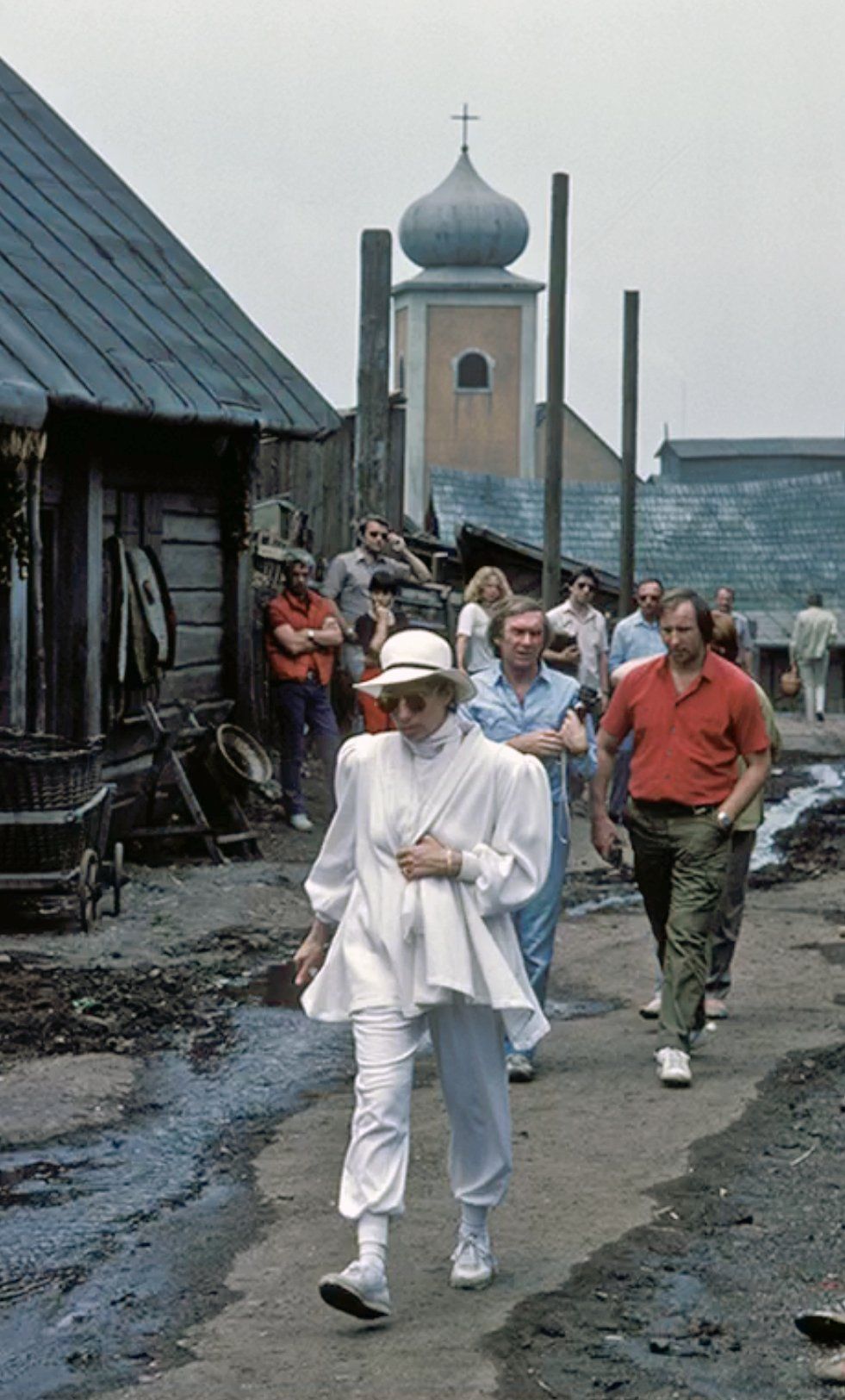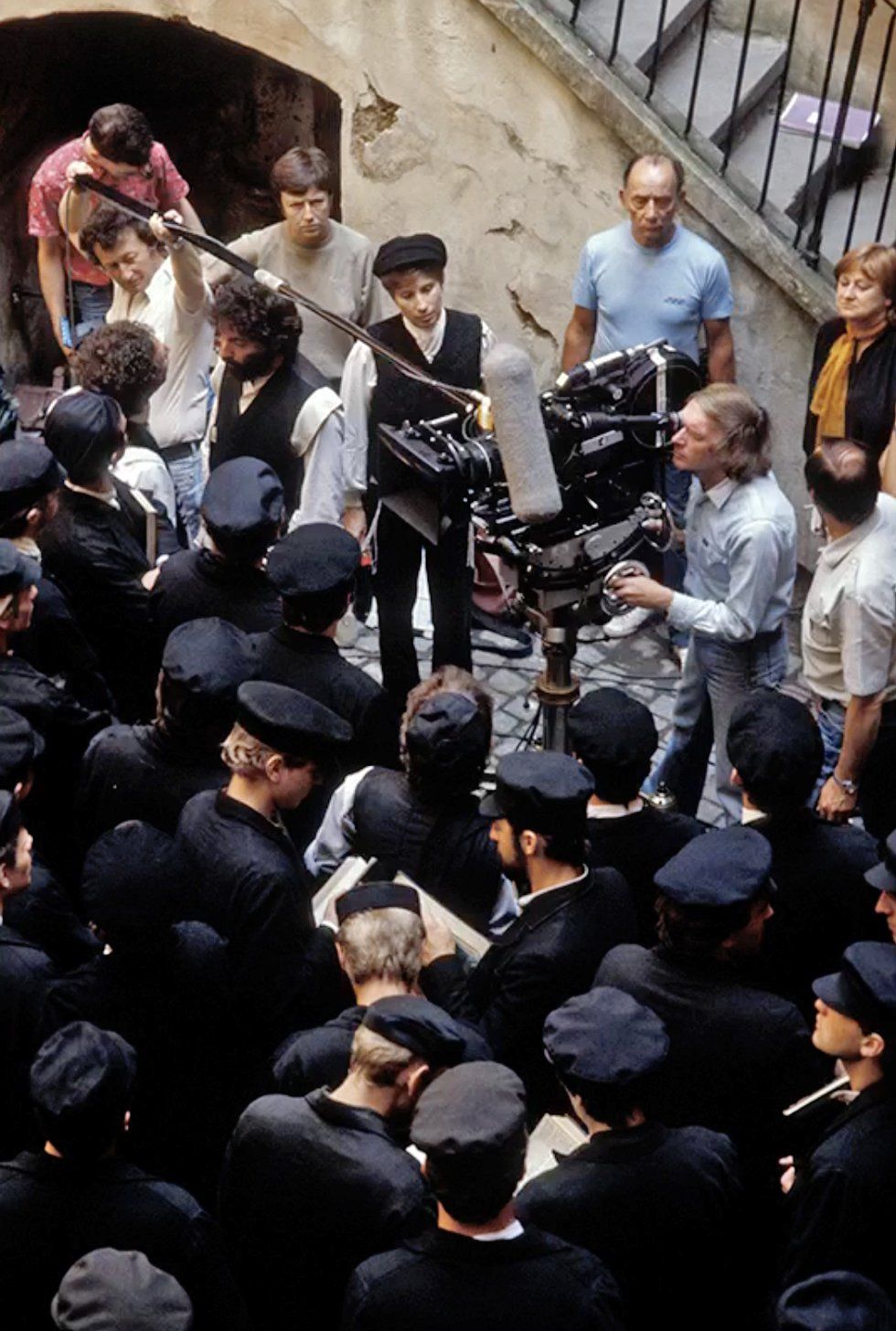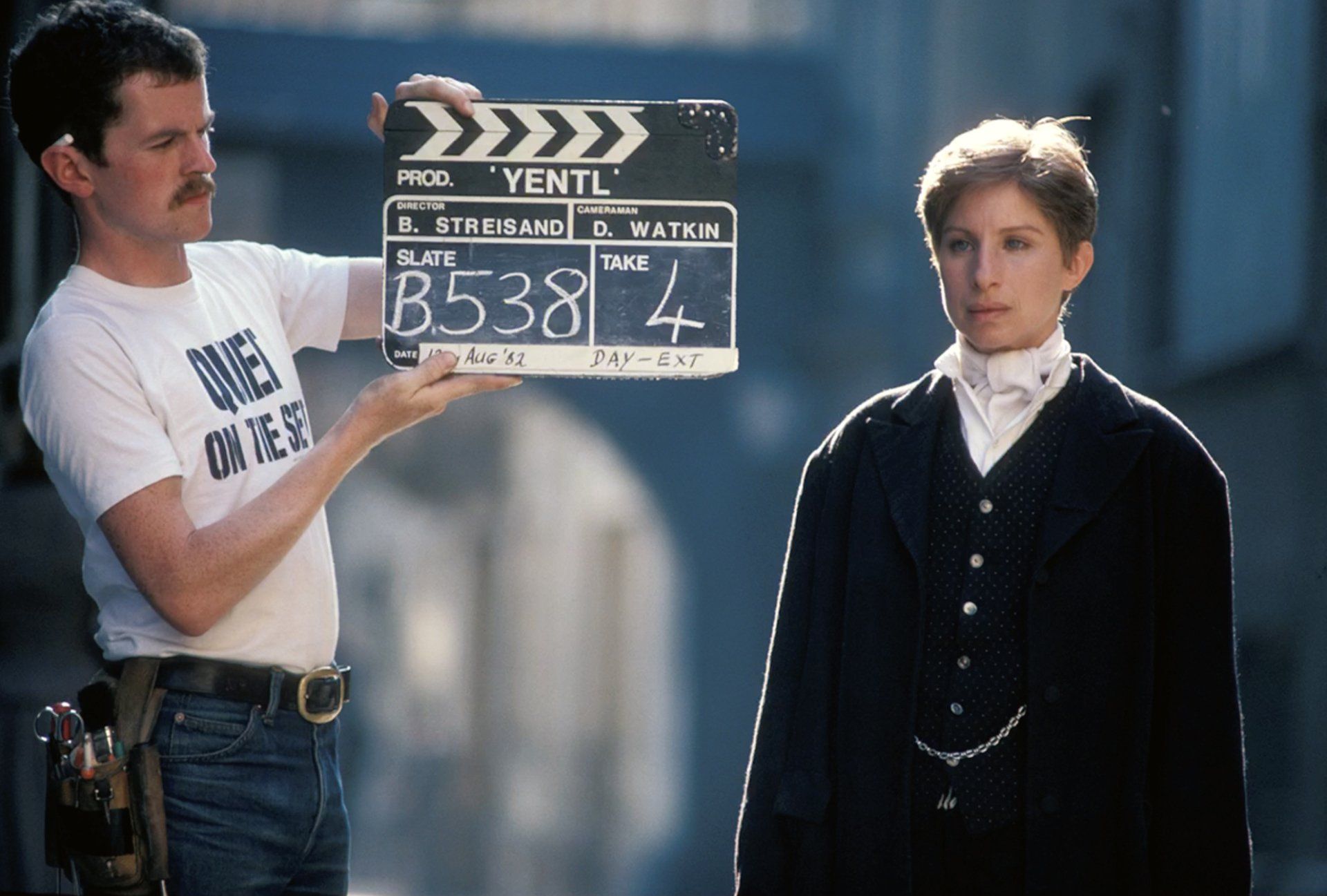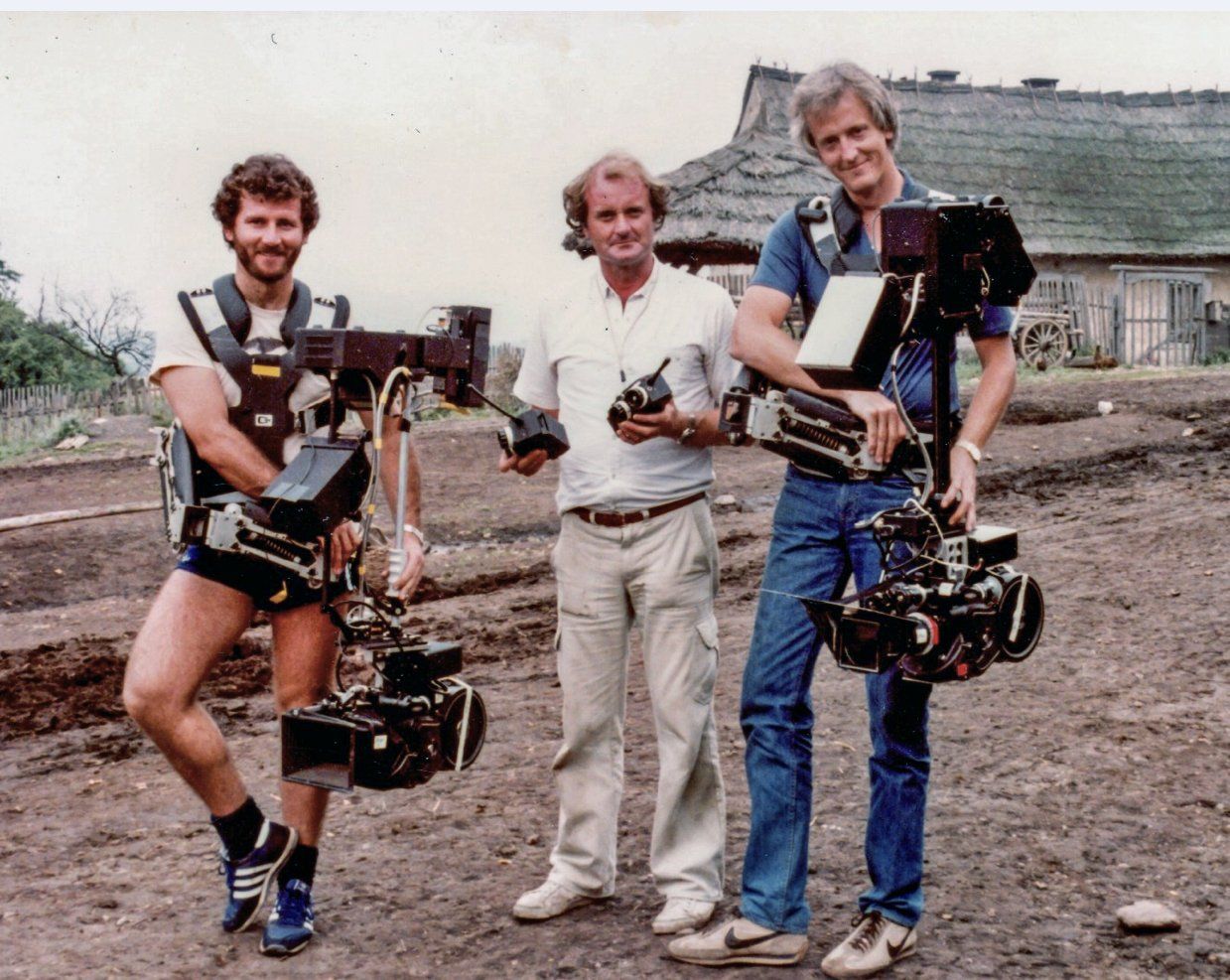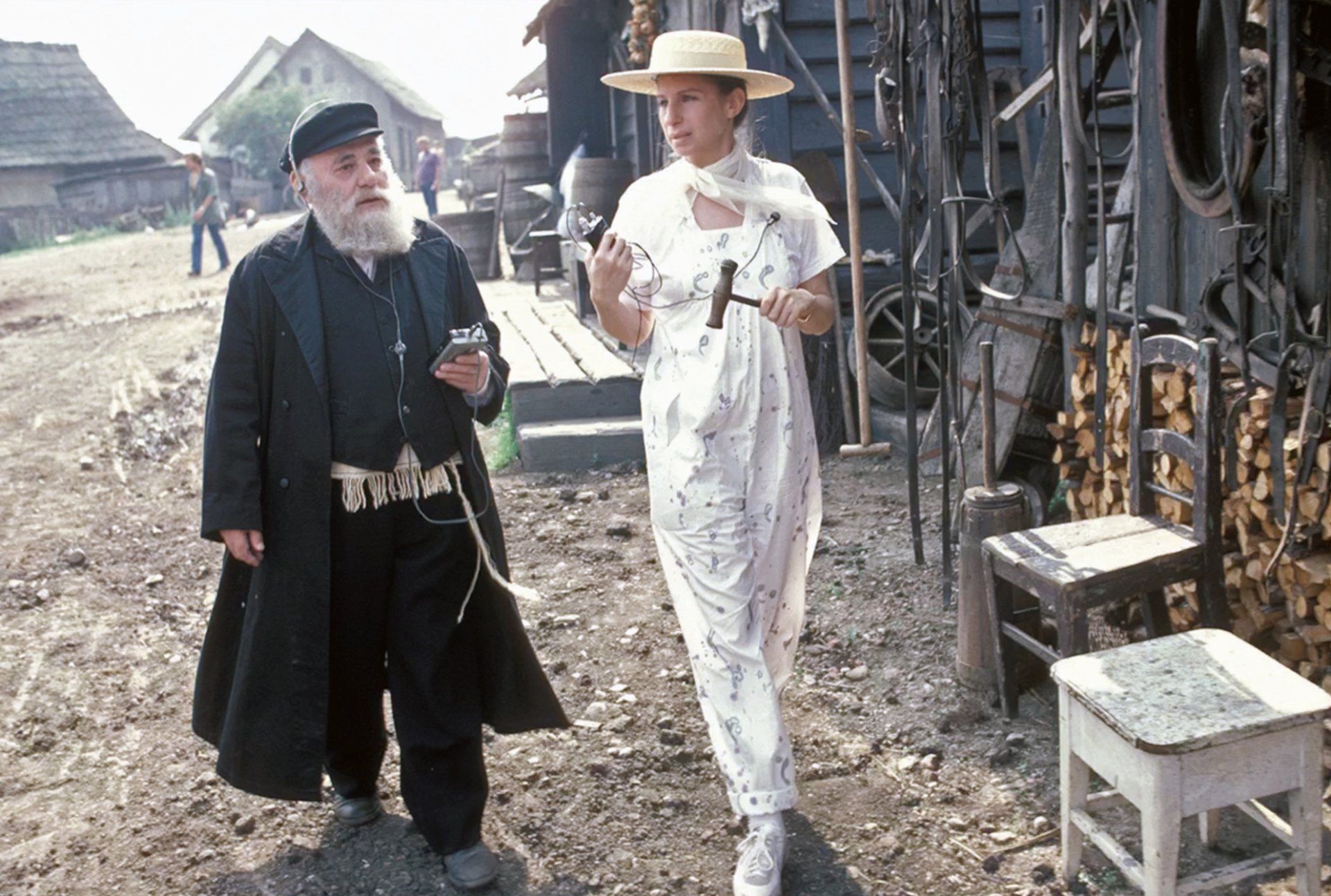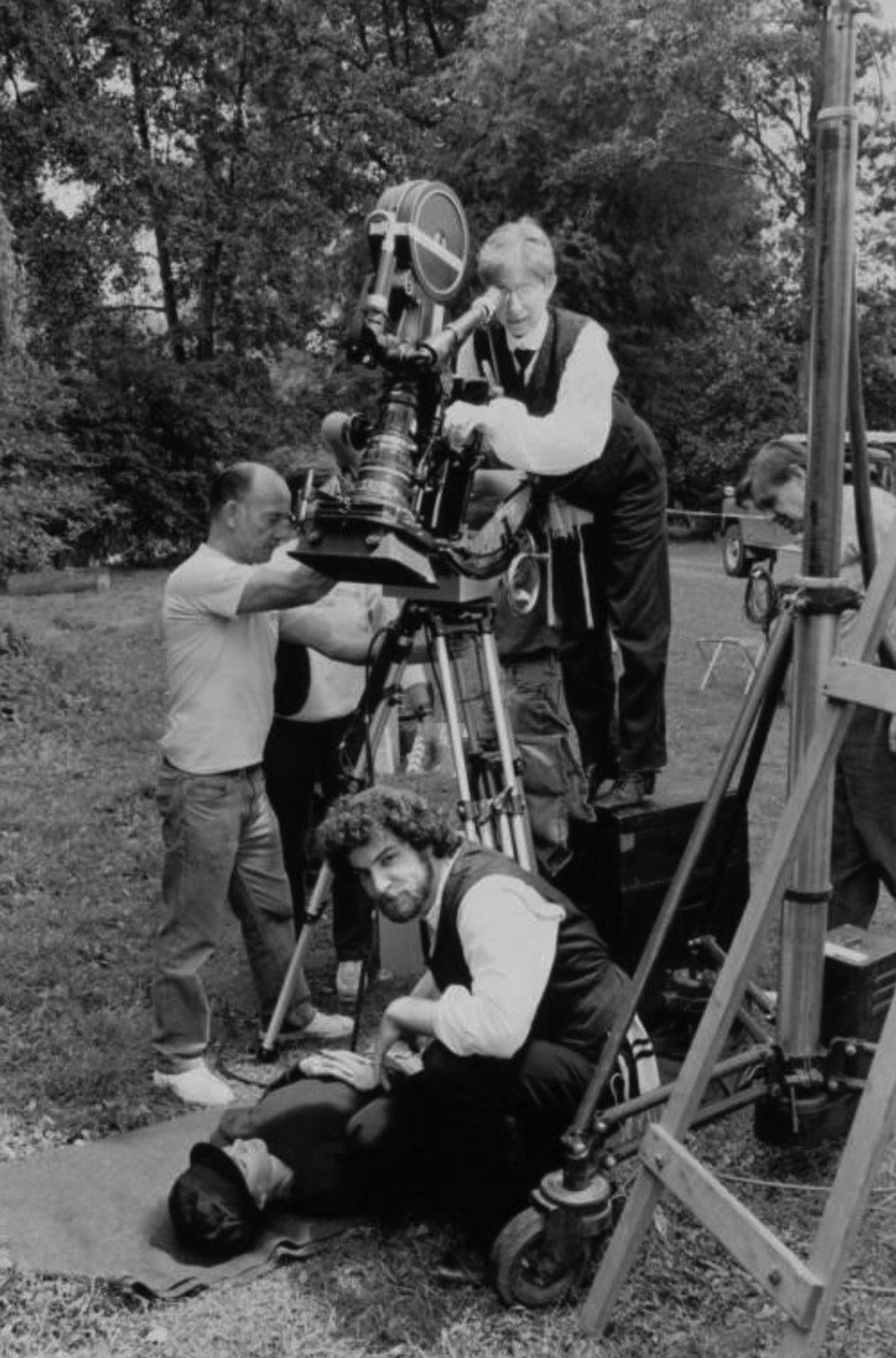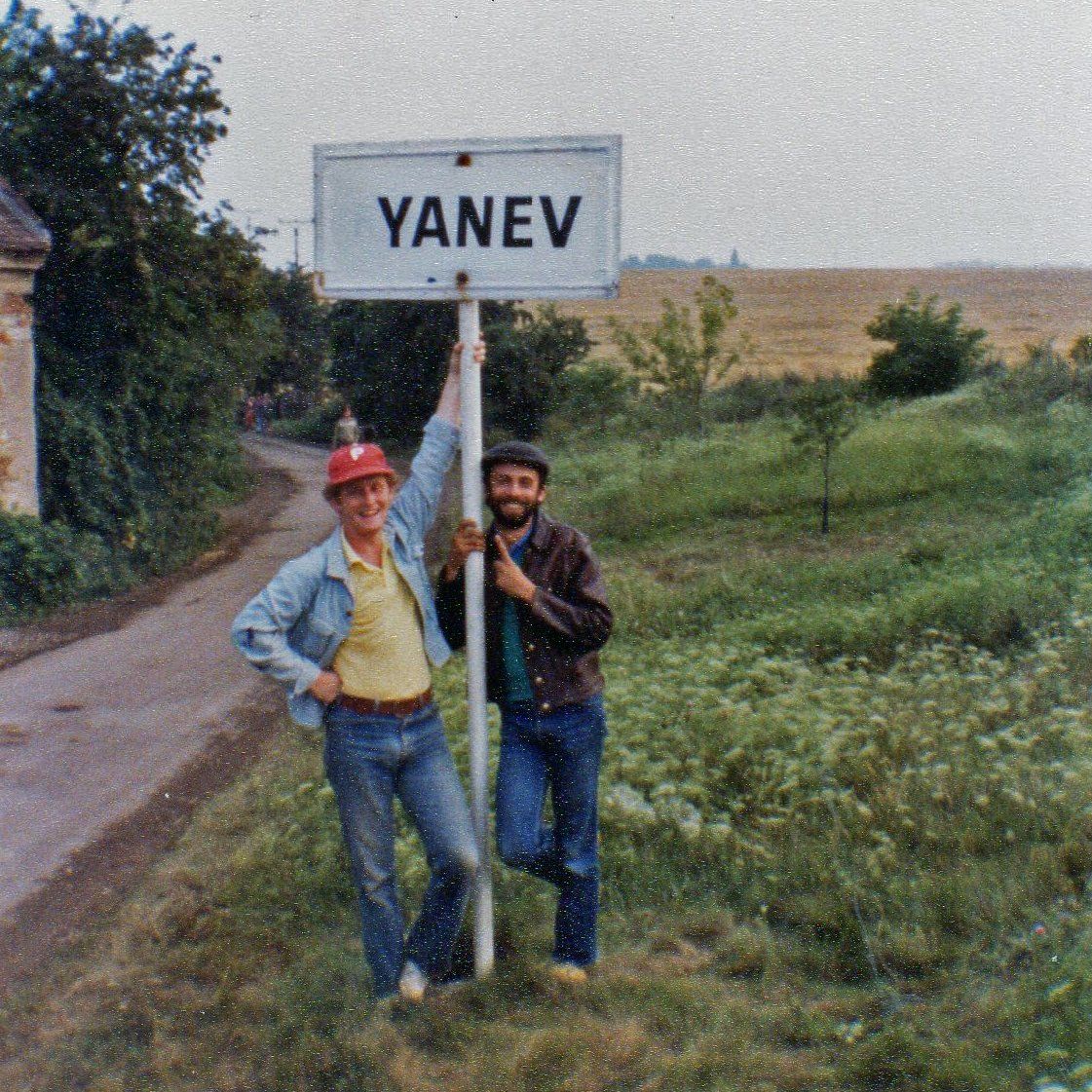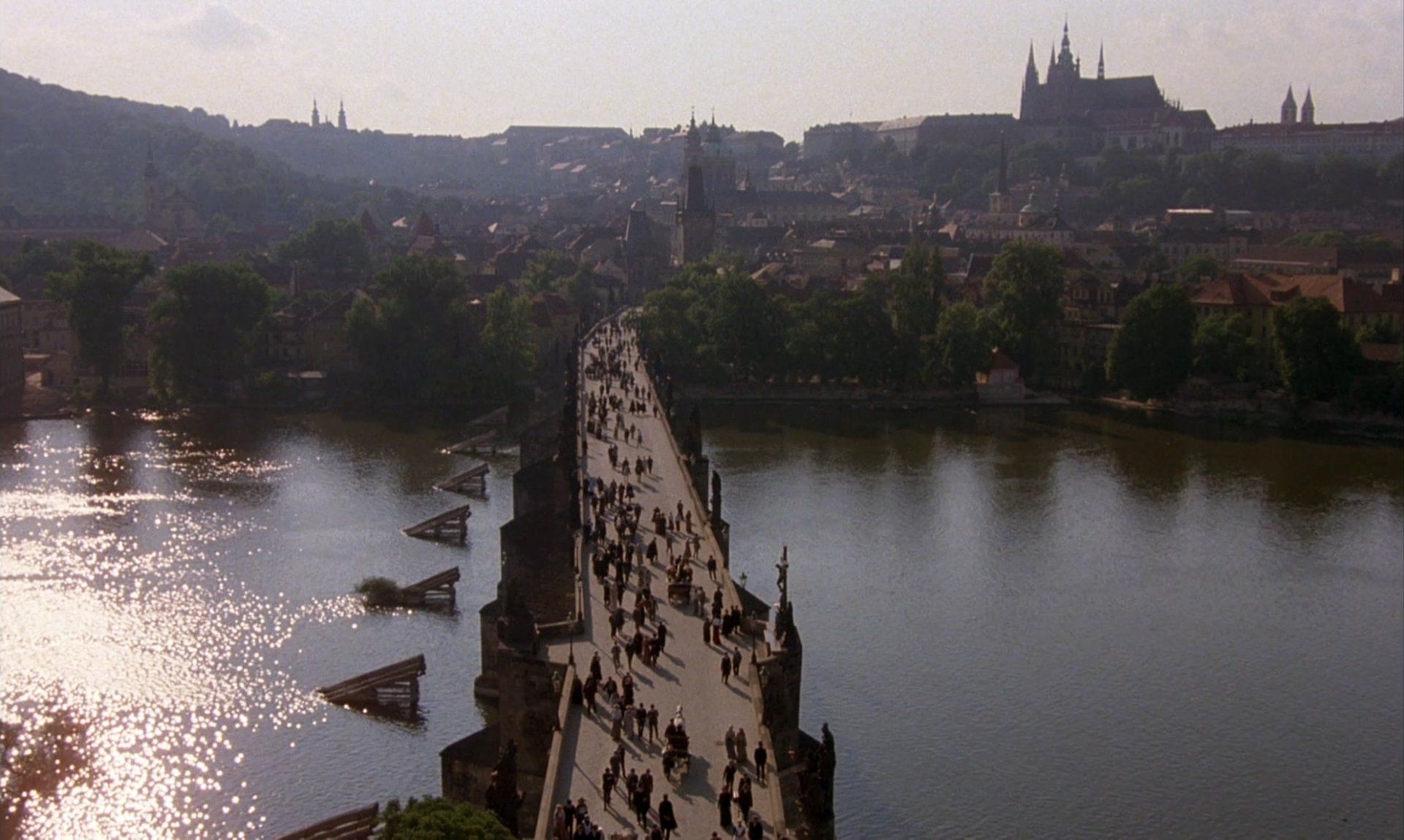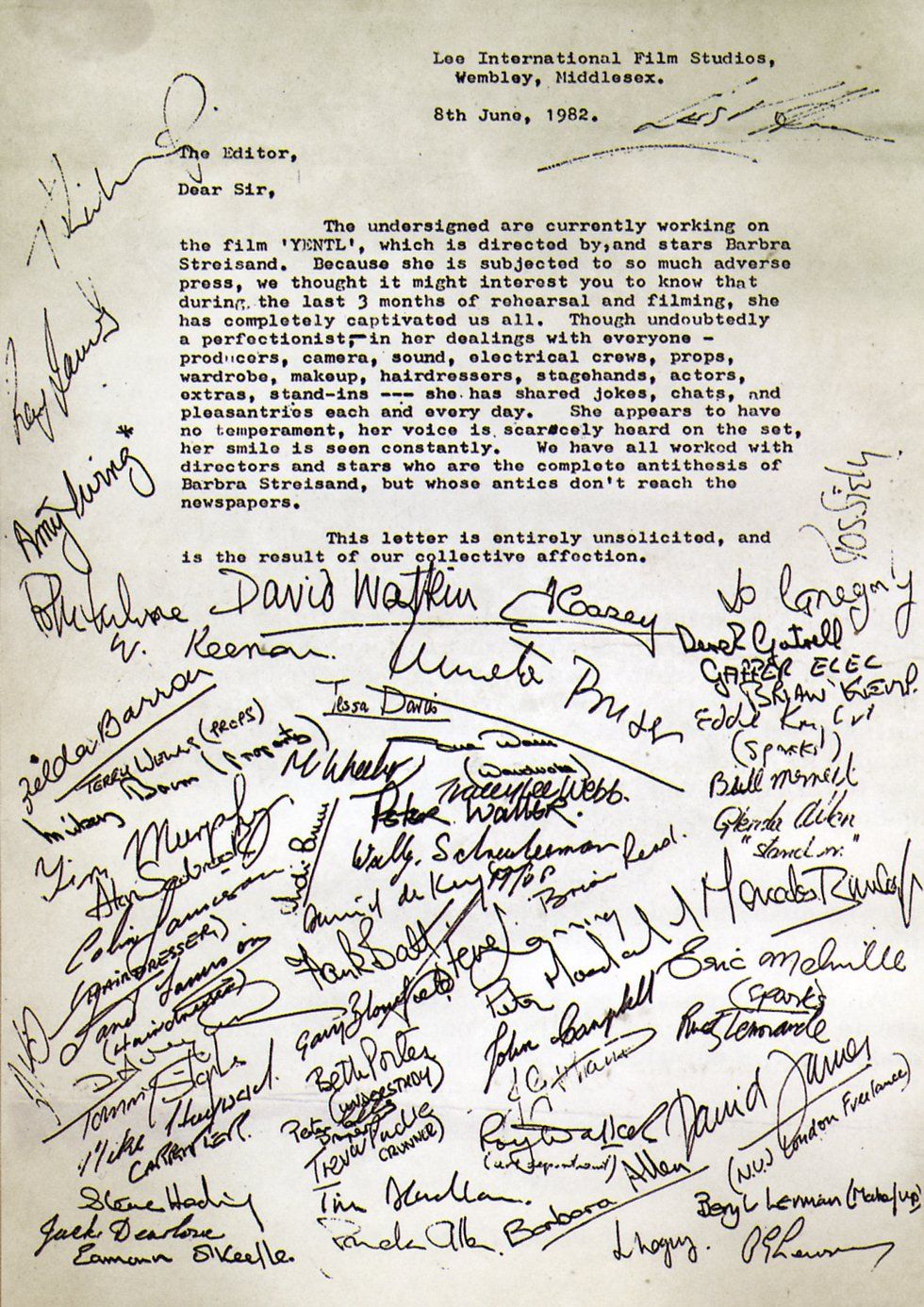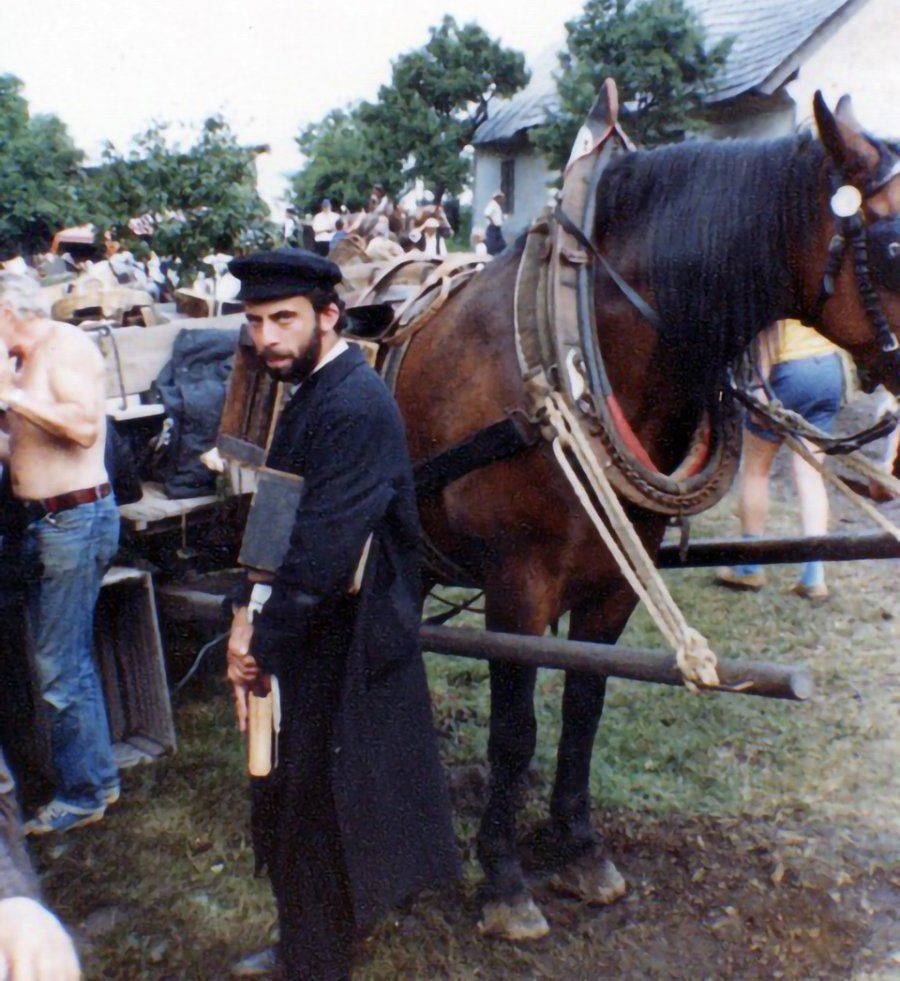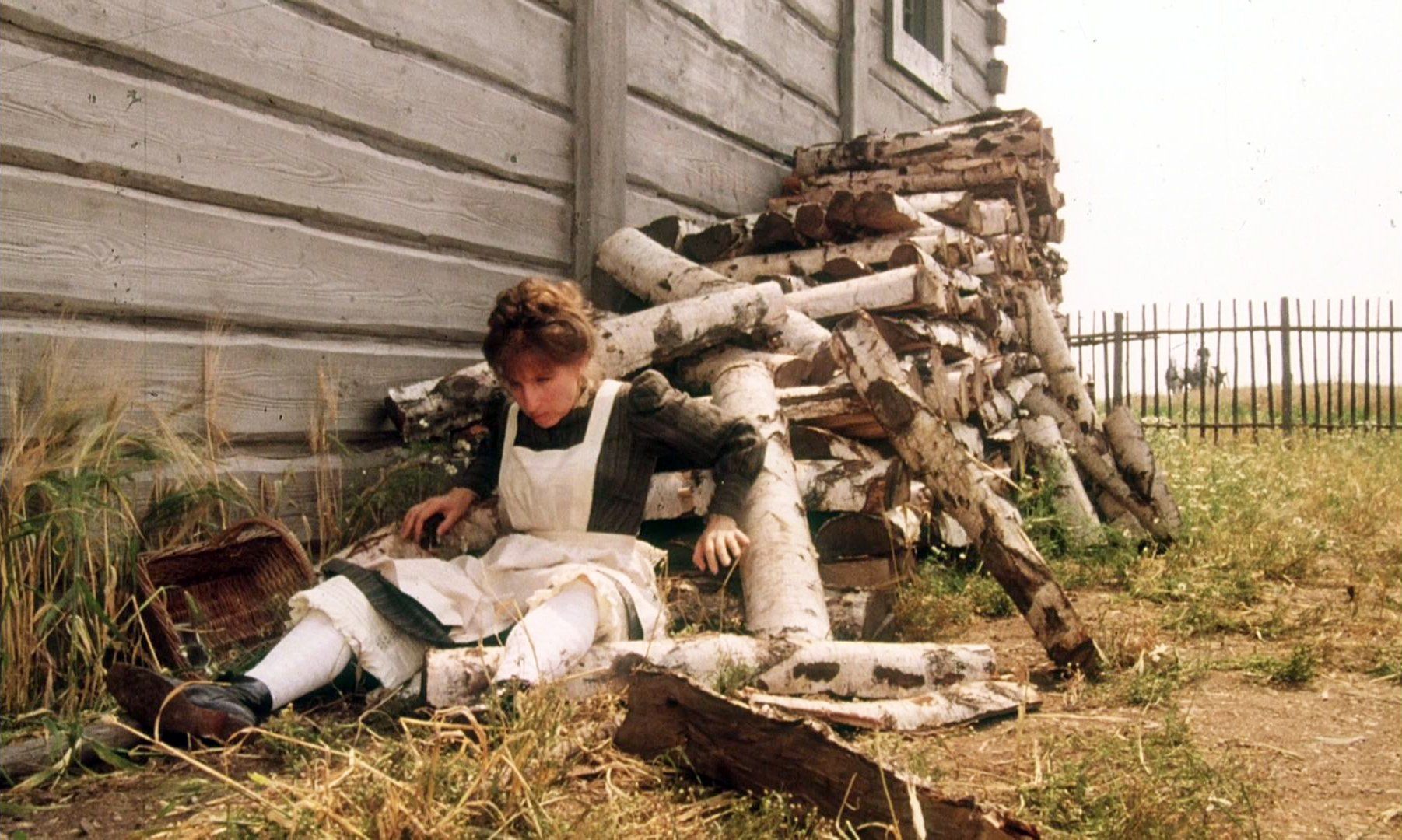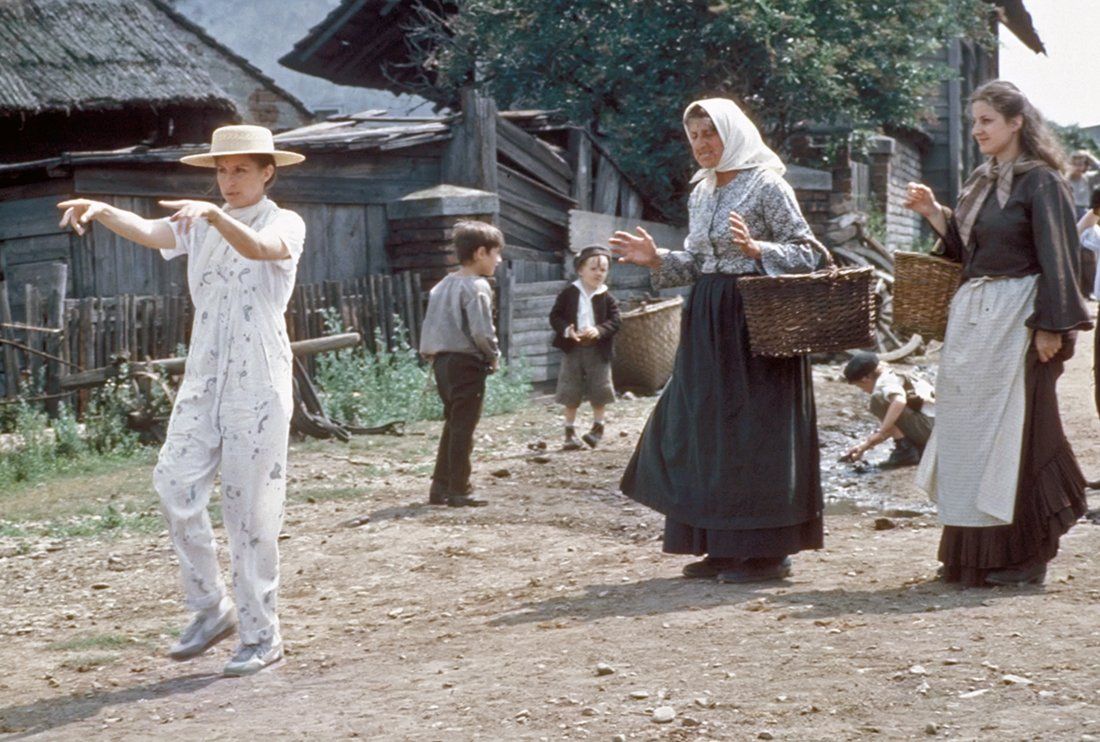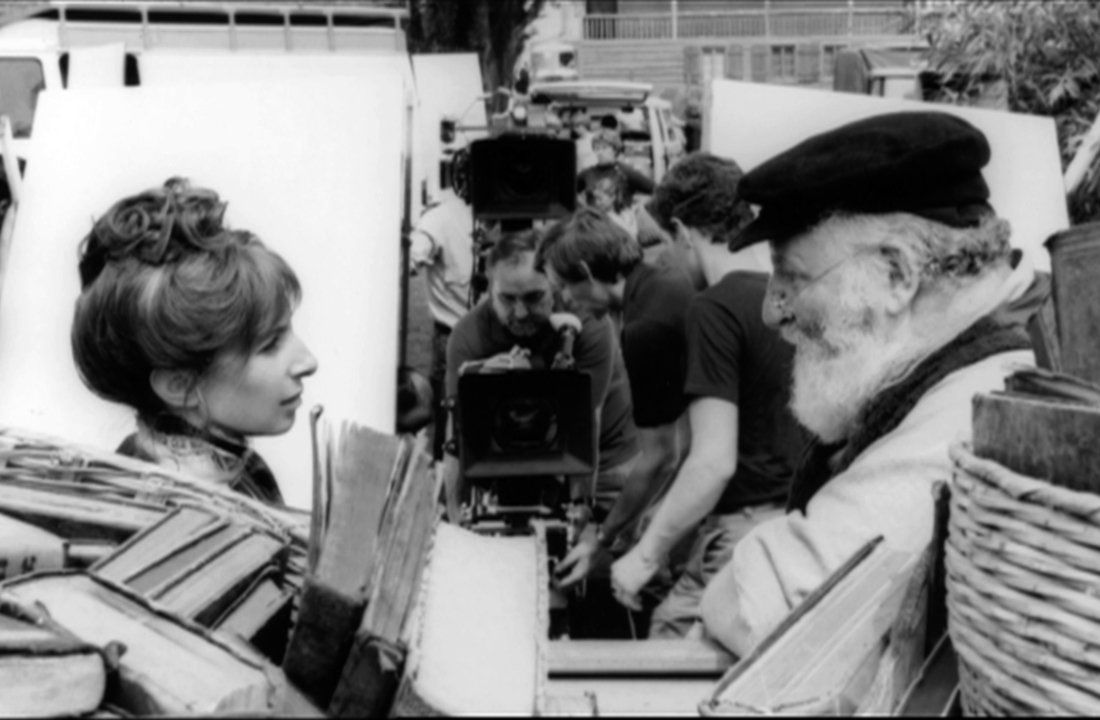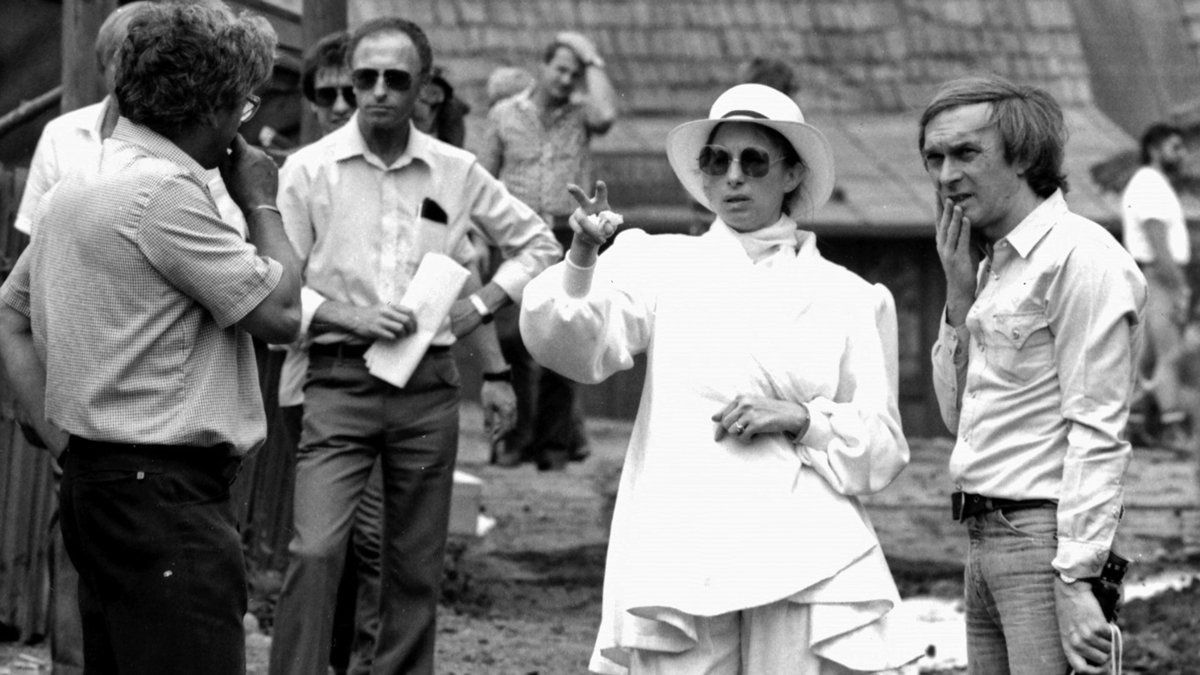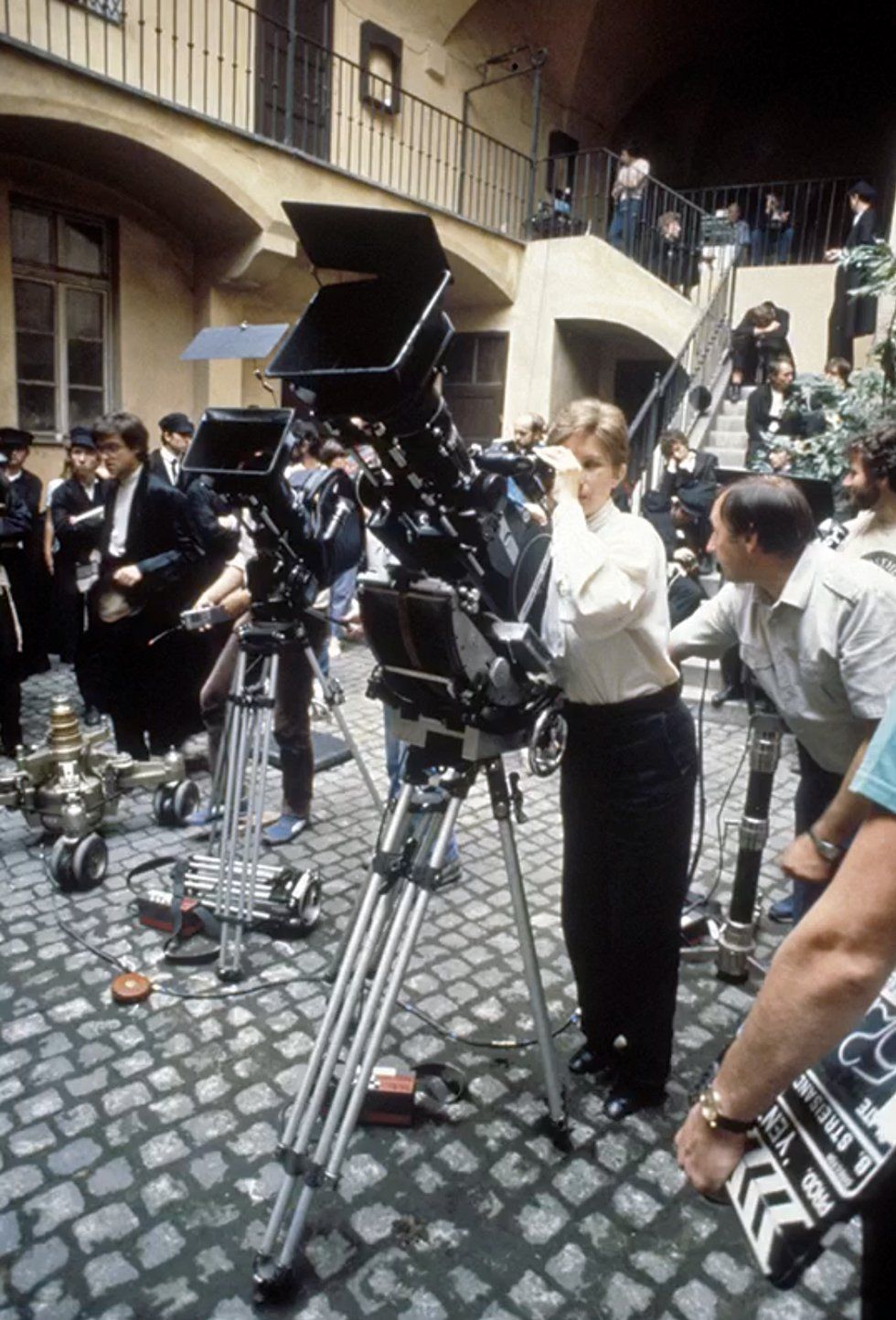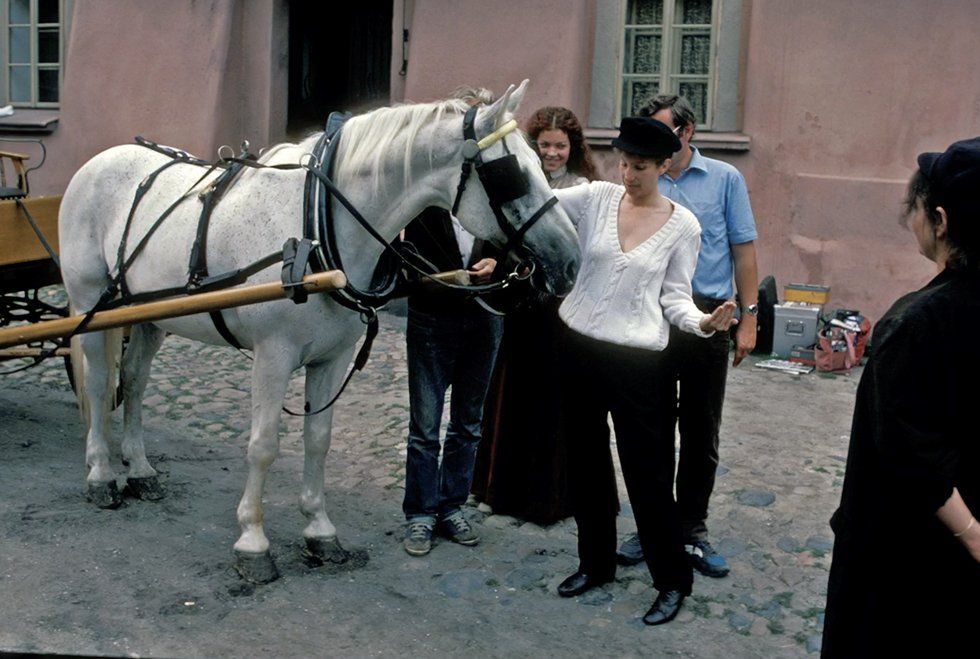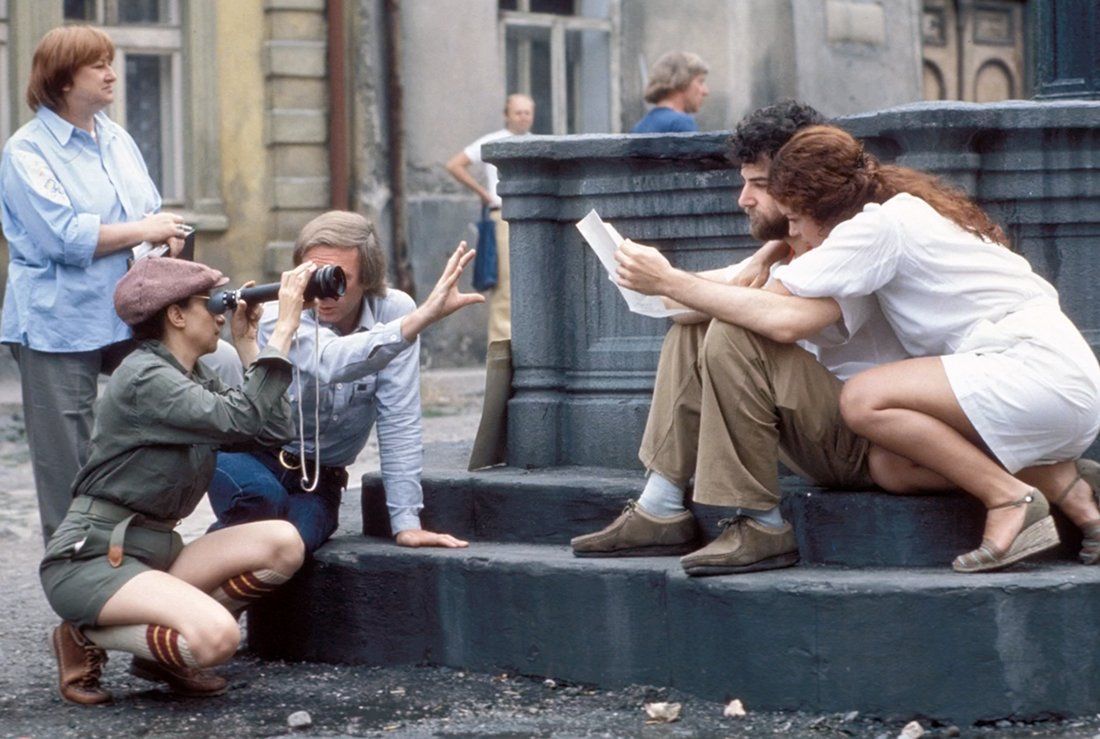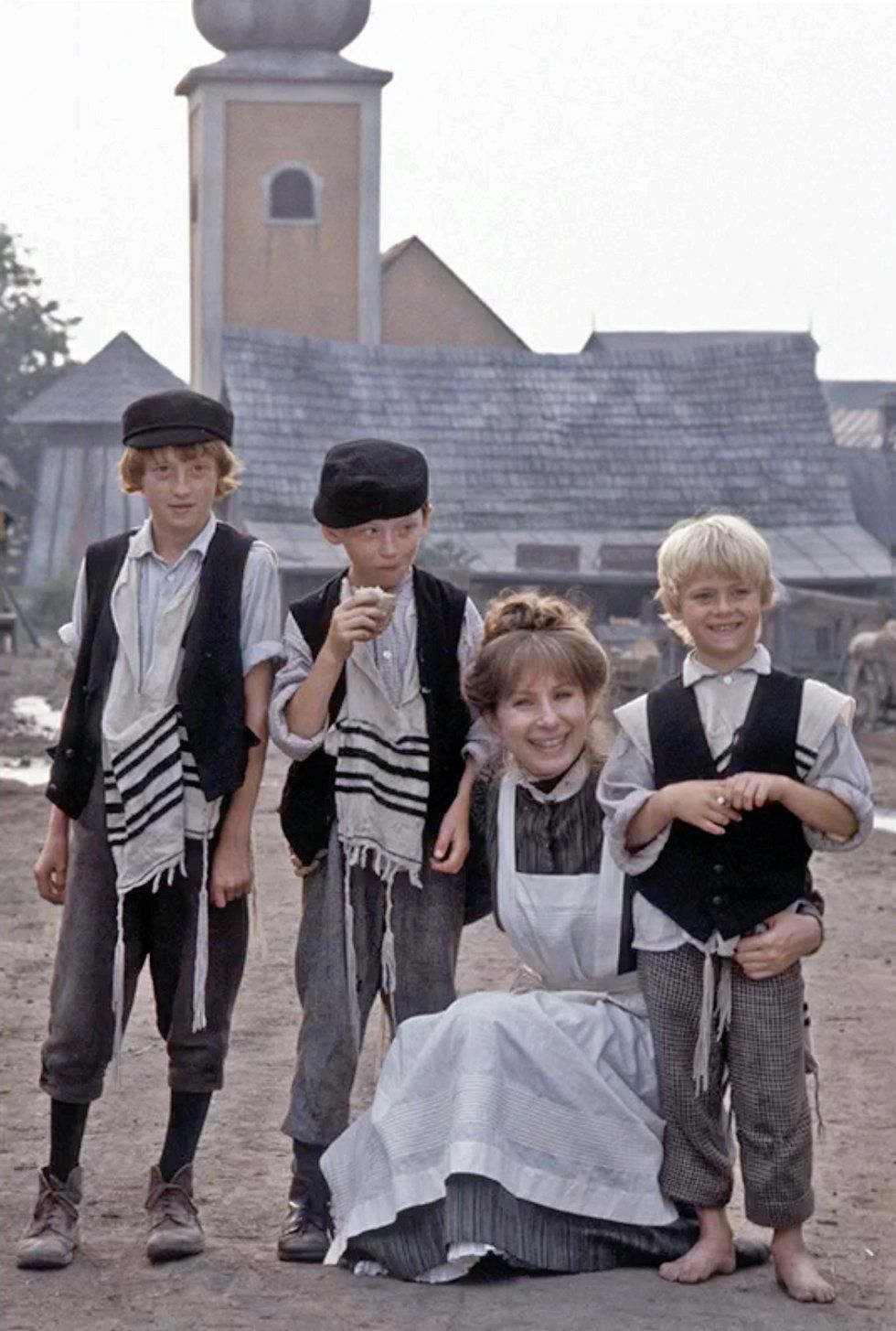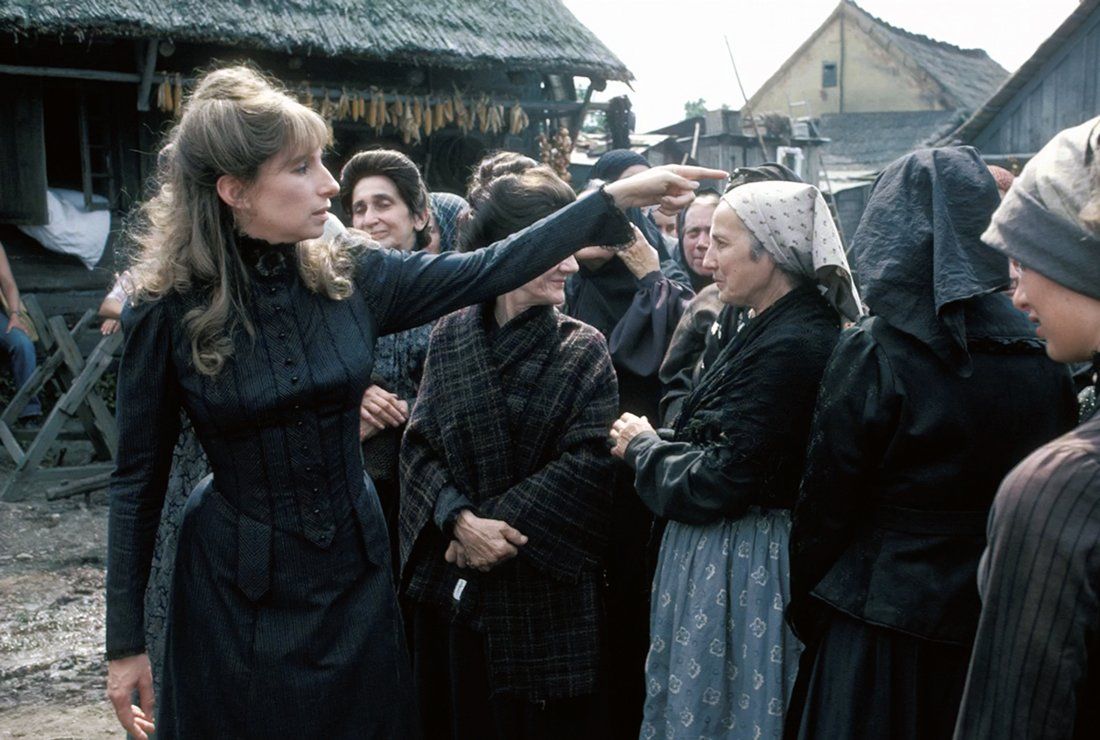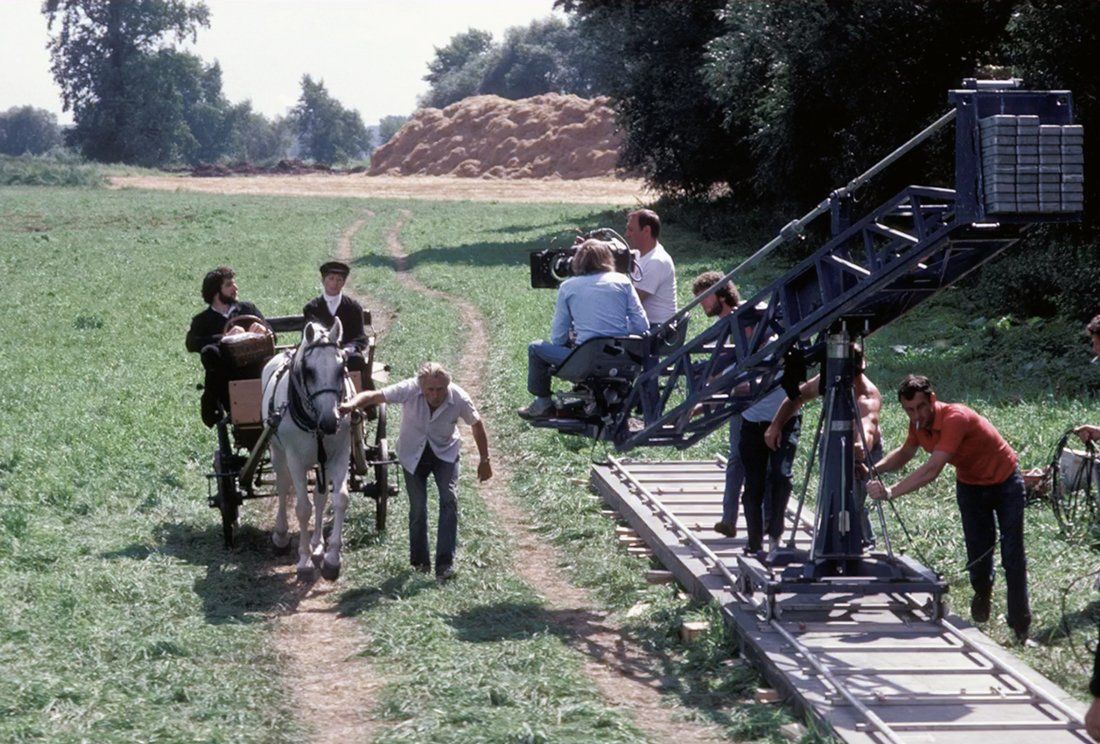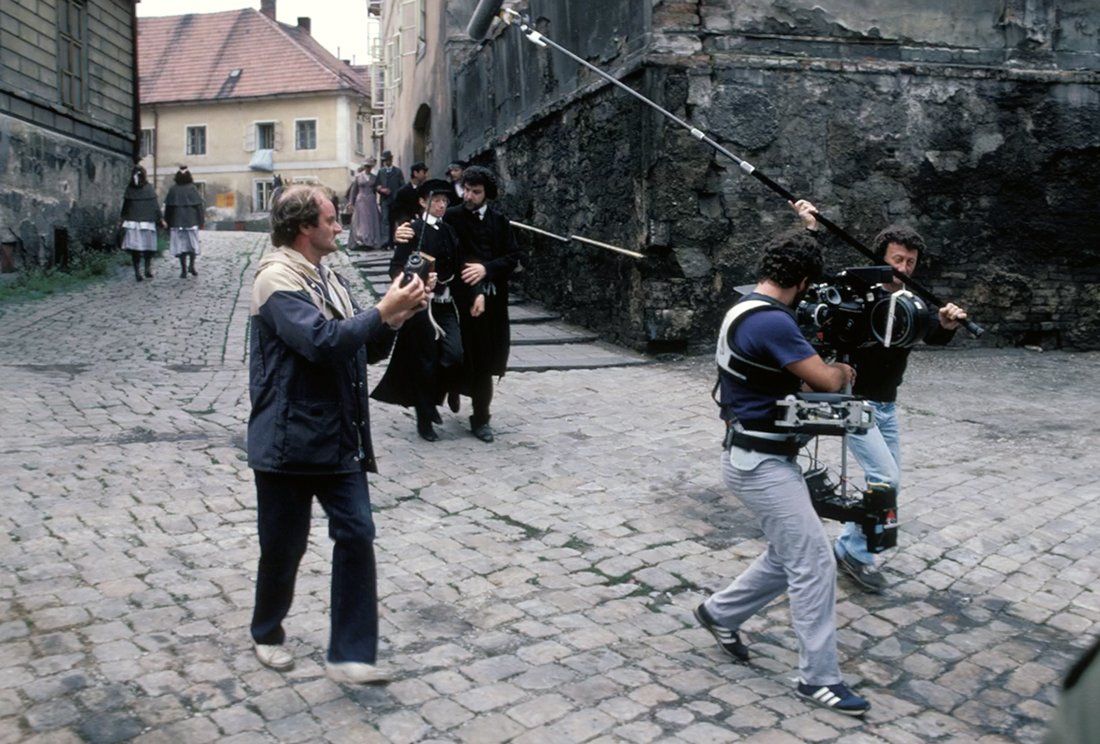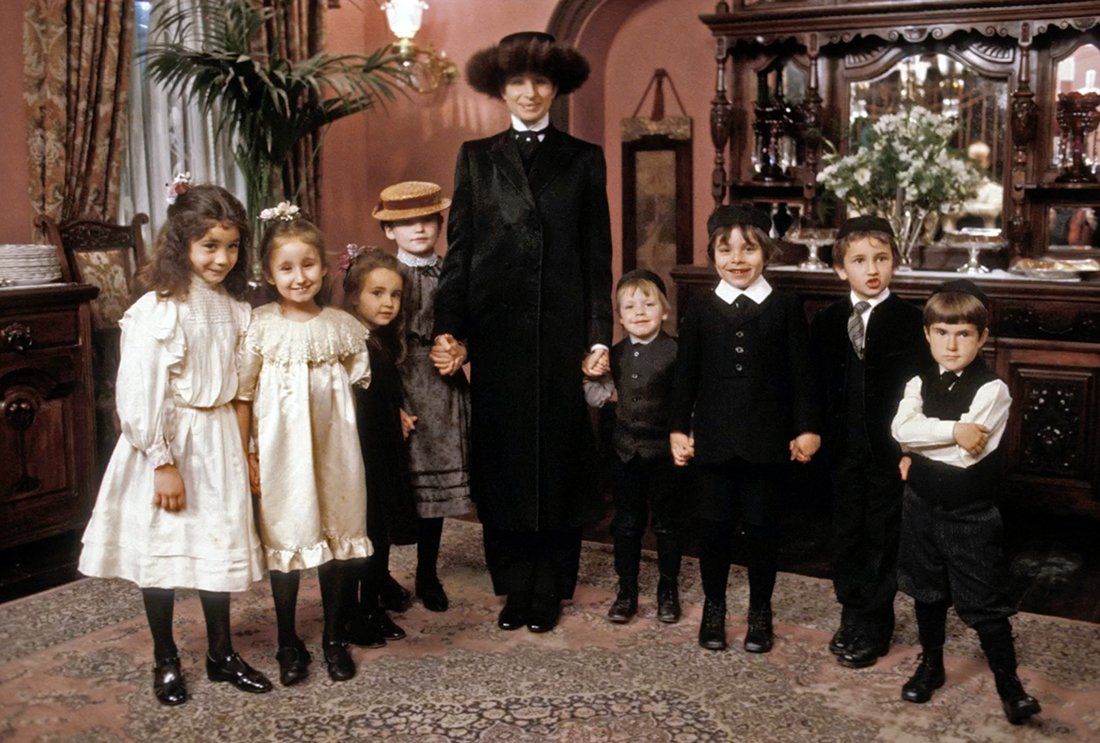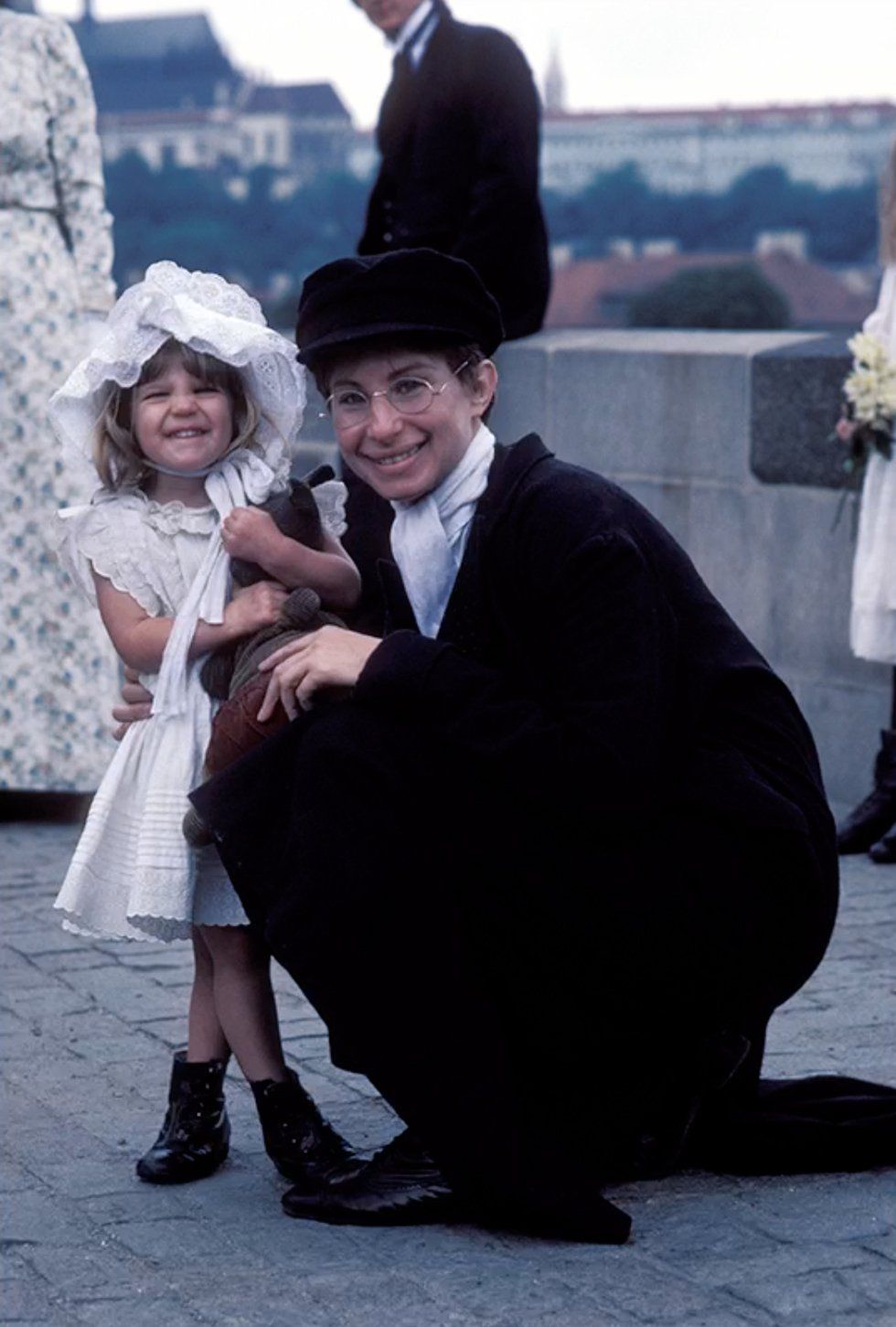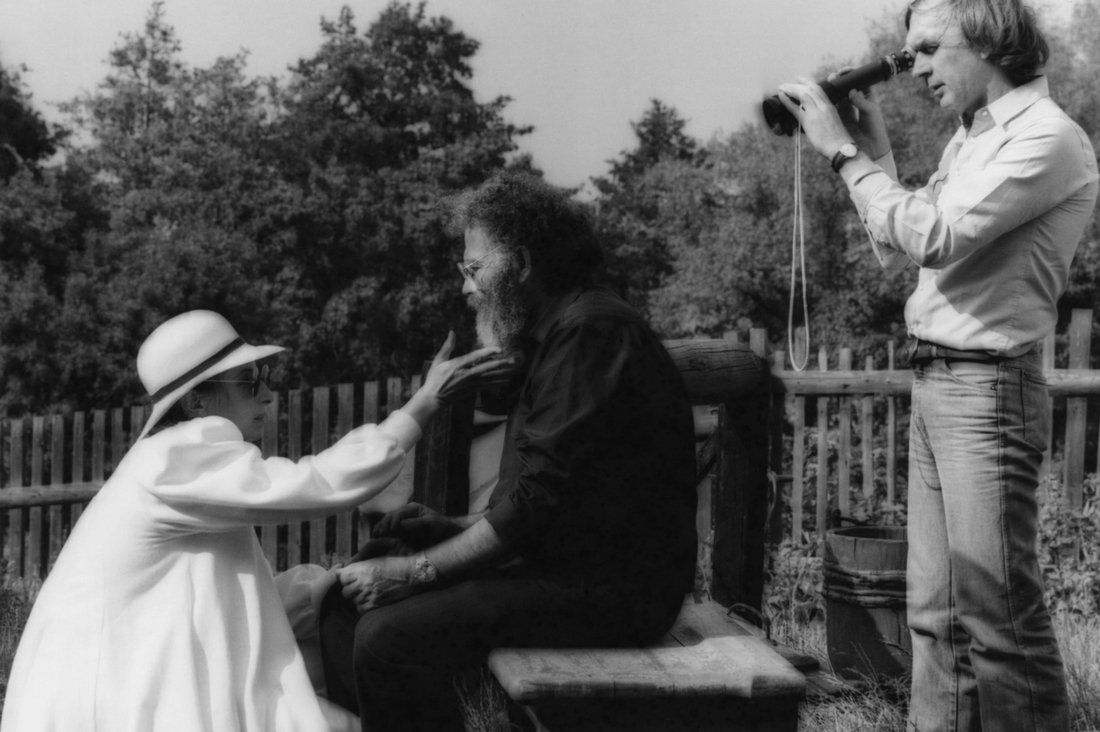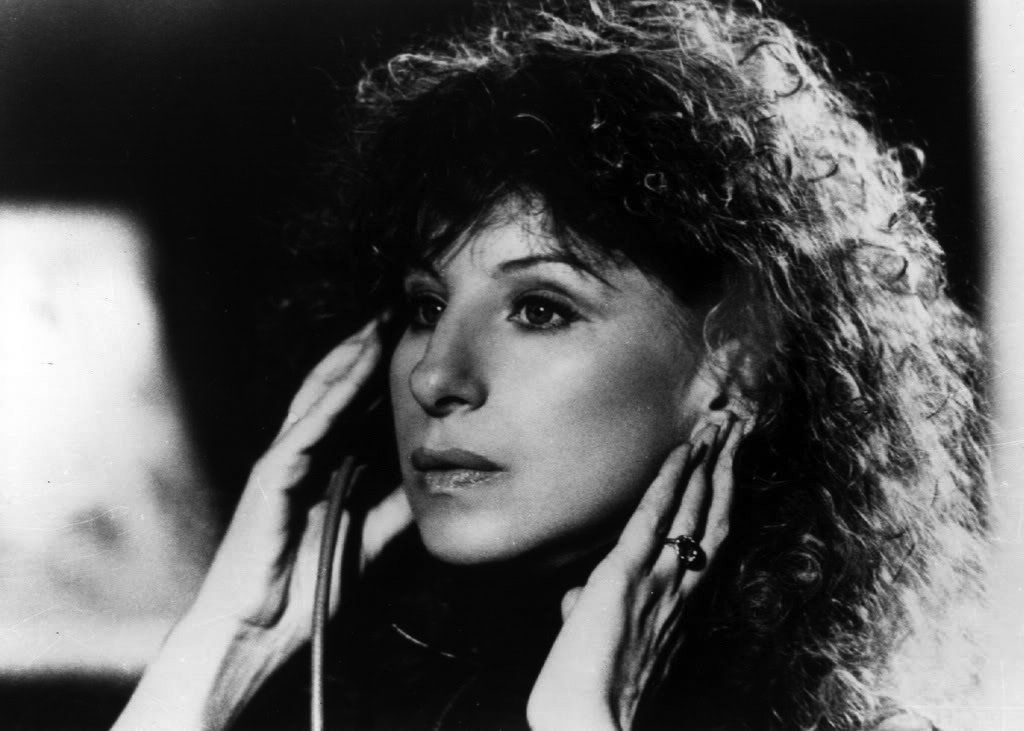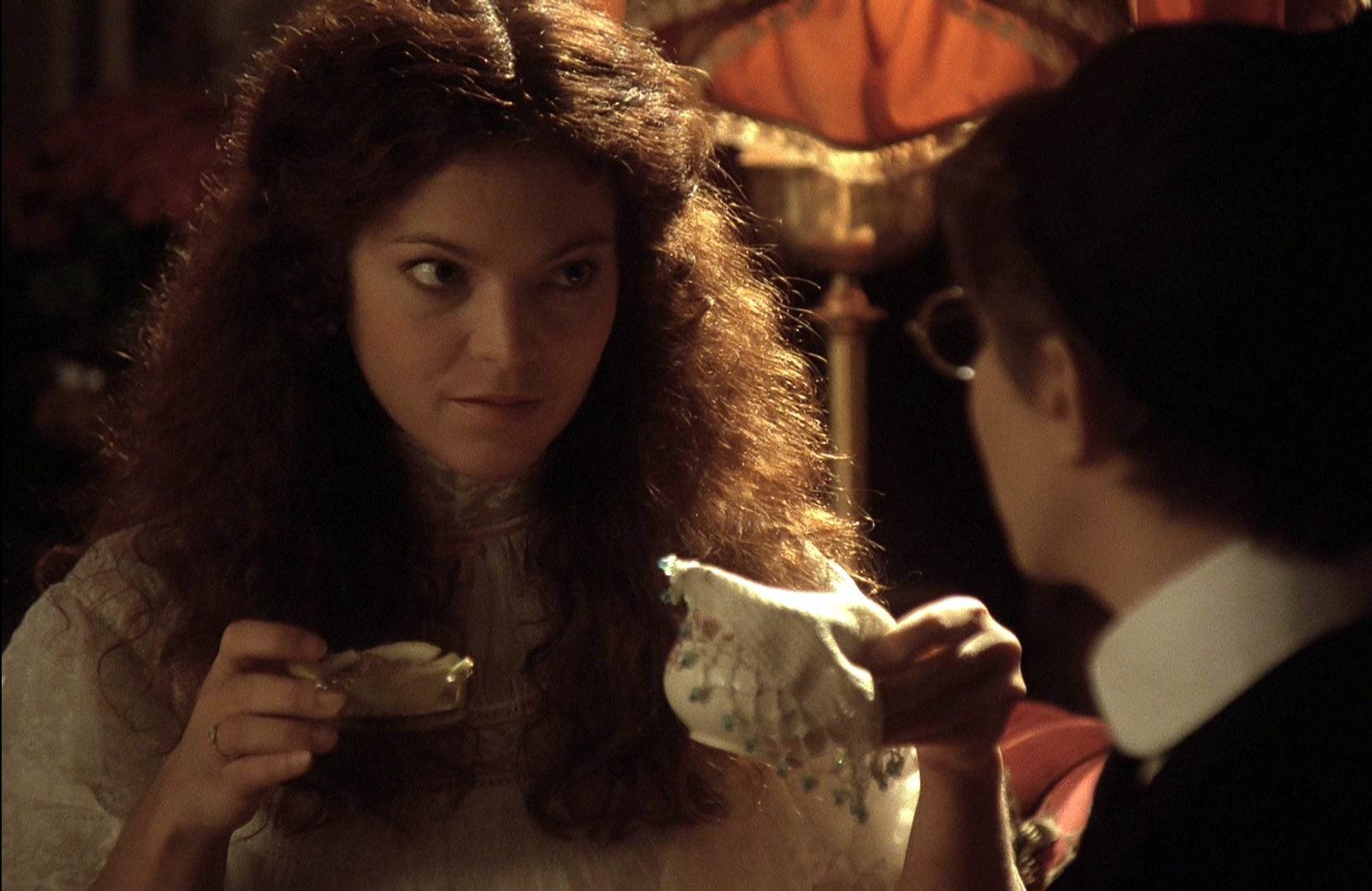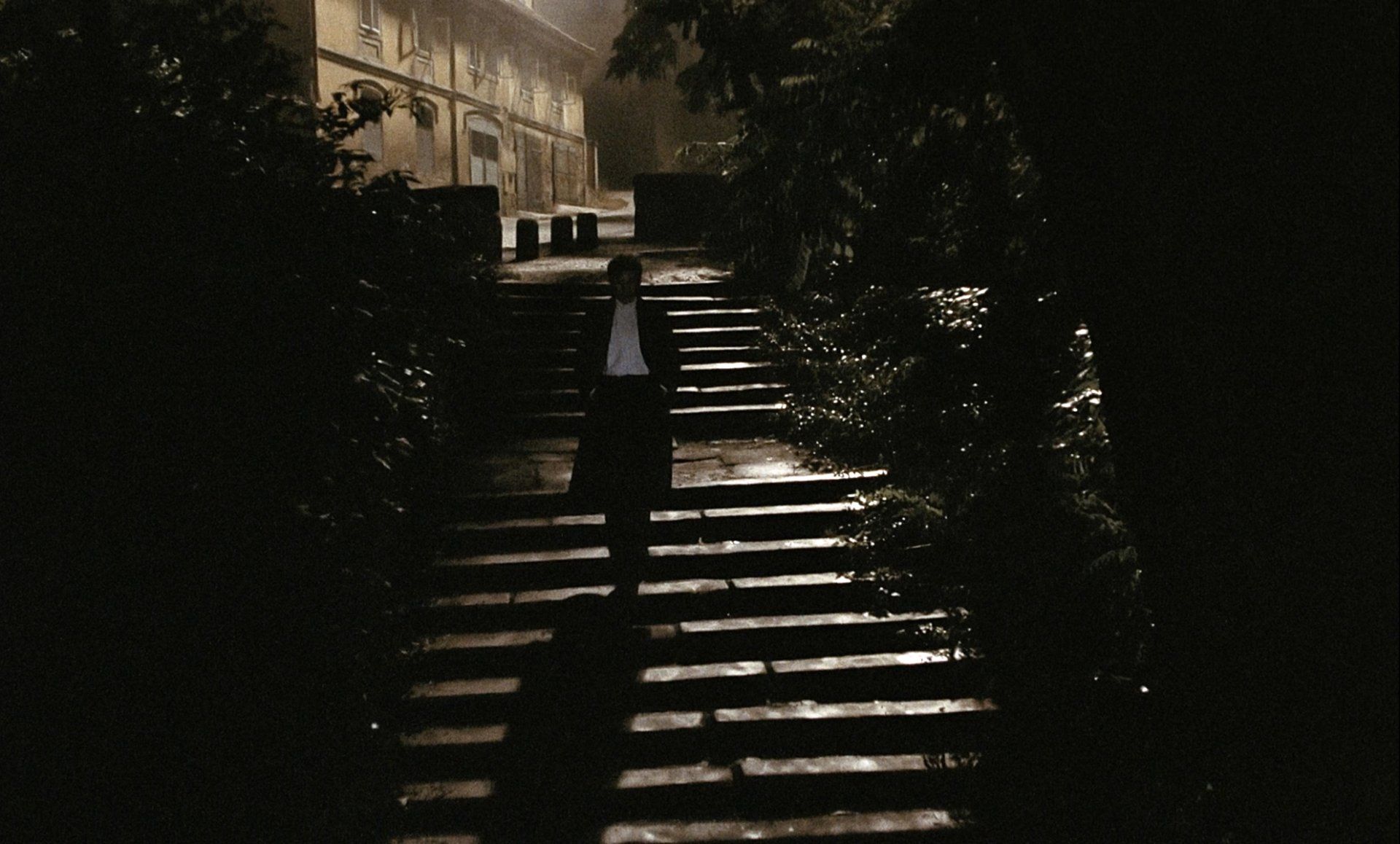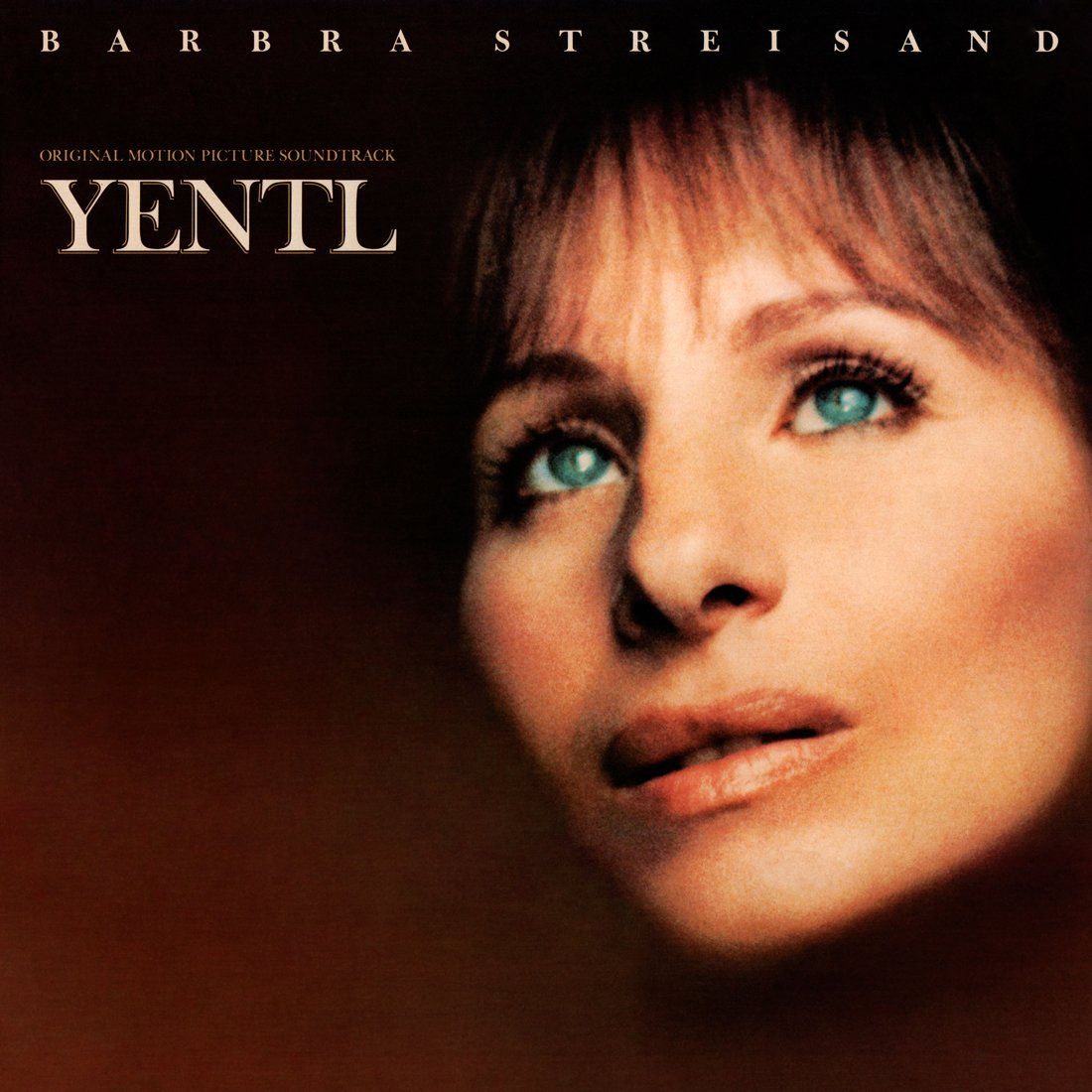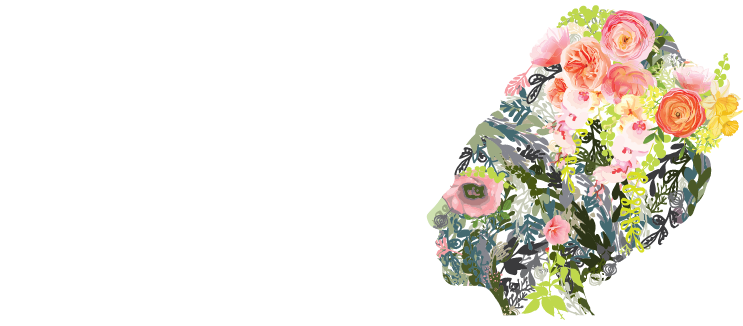As
Yentl
wrapped up production, Streisand was faced with the compromises with the studio. “I constantly had to give up everything,” she said. “I didn't get paid for writing, I got paid [Directors Guild] scale for directing, which I think is something like $80,000, and I got paid much less as an actress than I did in my last film, All Night Long. And then I had to give back half my salary if we went over budget.”
United Artists and Streisand did squabble over the insurance completion bond on the movie.
The Los Angeles Times
clarified this for non-film industry people: “Completion bonds are basically insurance policies purchased by producers to protect themselves when films run over budget.” Streisand’s original contract with U.A. did not require a completion bond. “But the day before we were going to start shooting, [United Artists] said they would close down the production if I didn't give in and take on the completion bond,” Streisand explained. She complained that U.A. paid the Completion Bond Co. $700,000, “which I needed in the movie,” she said. “They didn't trust me. Put it that way, I suppose.”
Streisand did go $1 million over budget and Completion Bond Co. stepped in during post-production when Streisand was beginning audio and music work. The company insisted she finish dubbing the film in six weeks, or it would take the movie away from her and hire another filmmaker to complete it. Streisand wanted ten weeks and counteroffered to pay for it herself.
“I kept saying, ‘Please, we’re going to ruin the movie. I’m going to die from the pressure. This is supposed to be a joyous experience’”
Streisand finished dubbing in six weeks. Despite United Artists flexing their corporate muscles, they “didn't touch my movie. Not a frame,” she stated. “They gave me complete control when I gave it away to them, in a sense.”
Frank Yablans, MGM/U.A.’s vice chairman, issued a statement saying, “I want to make it clear that Ms. Streisand is, has been and will always be the credited producer and director retaining full artistic control.”
Working with editor Terry Rawlings, Streisand assembled the film. “We spent many happy hours going through that film together,” Rawlings told Cinemontage.org. “She was very unsure because it was her first film as a director, and she was very nervous about whether she was doing everything correctly.”
Rawlings was very fond of
Yentl
whenever he spoke of it. “I love music. Music is very important to me,” he said. “To work on a musical with [Streisand] was very special. She is fantastic to be with, she is a hard-working person.”
After his death in 2019, Streisand wrote on Twitter that Rawlings “always made me laugh ... and I adored his delicious personality. He made the whole experience of editing Yentl
such a joy.”


